Behind some of the biggest construction projects in the world are thousands of workers who paid the price with their lives. This article covers some of the deadliest construction projects in history, including the Panama Canal, the Burma Railway, and the Suez Canal. We’ll also look at modern disasters like the Qatar World Cup sites and Rana Plaza and why construction remains a dangerous occupation.
1. Panama Canal (1904–1914)
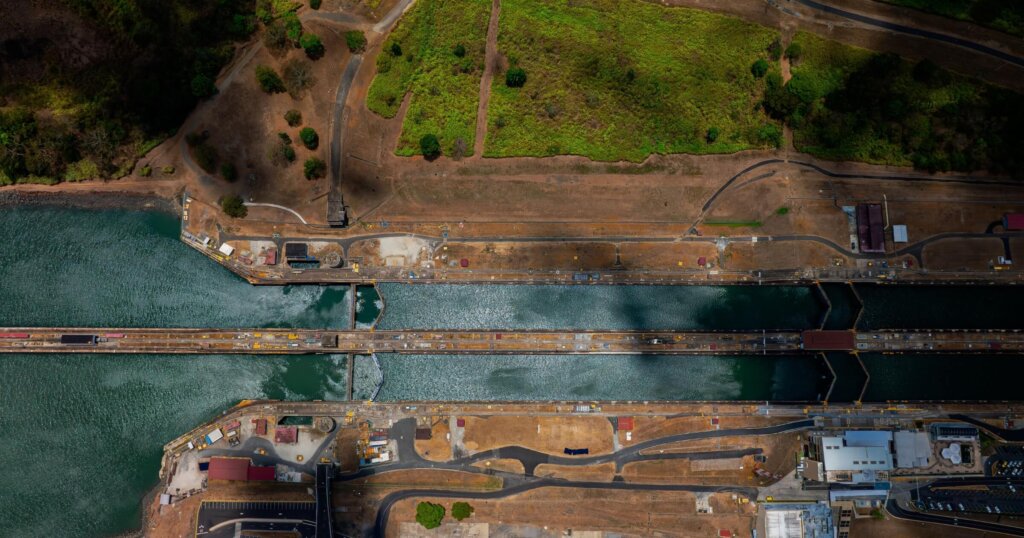
Photo courtesy of Shutterstock.
Built to connect the Atlantic and Pacific Oceans, the Panama Canal took over 75,000 workers and over a decade to complete. Roughly 25,000 people died throughout the French and American efforts combined. Many were West Indian laborers brought in under harsh conditions. Malaria and yellow fever were the biggest killers early on, but poor sanitation, heat, and landslides also claimed lives.
The canal became a testing ground for early public health measures, especially when Dr. William Gorgas implemented widespread mosquito control to combat yellow fever. Despite improvements, laborers faced exhausting ten hour work days in tropical heat and grueling manual work.
2. Suez Canal (1859–1869)
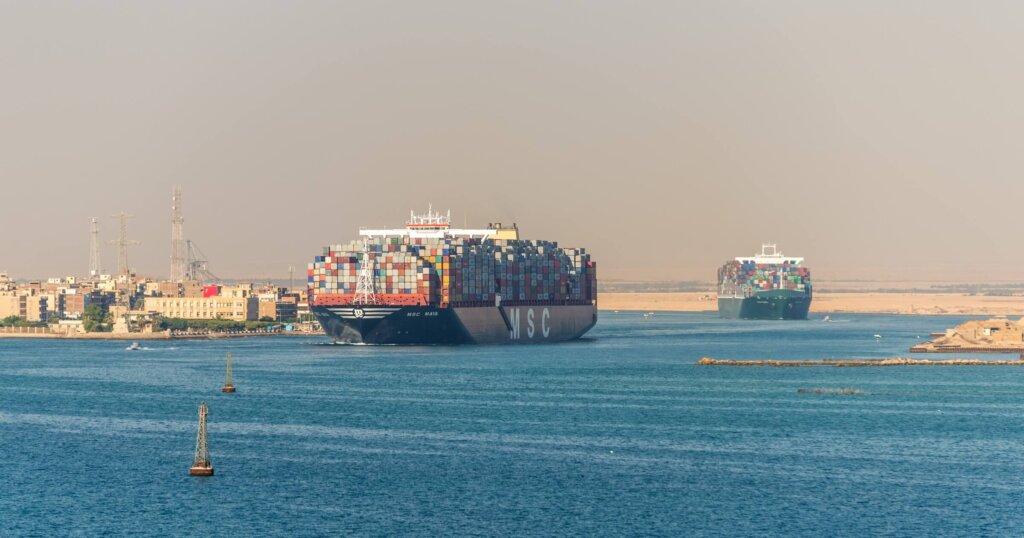
Photo courtesy of Shutterstock.
The Suez Canal was cut through the Egyptian desert by an estimated 1.5 million workers. Around 120,000 people died, mostly from disease, starvation, and exhaustion making this one of the deadliest construction projects ever completed. Many were conscripted through forced labor, a practice Egypt later banned. The project had no heavy machinery in the early years; nearly everything was done by hand. Poor working conditions and limited access to clean water made this project extremely deadly.
By the time forced labor ended in 1863, thousands had already died with no compensation or recognition. Those who survived often returned home with long-term health issues or injuries. The canal’s construction was a civil engineering triumph, but at the cost of human dignity and freedom. Even after completion, France retained significant control over operations, while Egypt bore the scars of its creation.
3. Burma-Siam Railway (1940–1944)
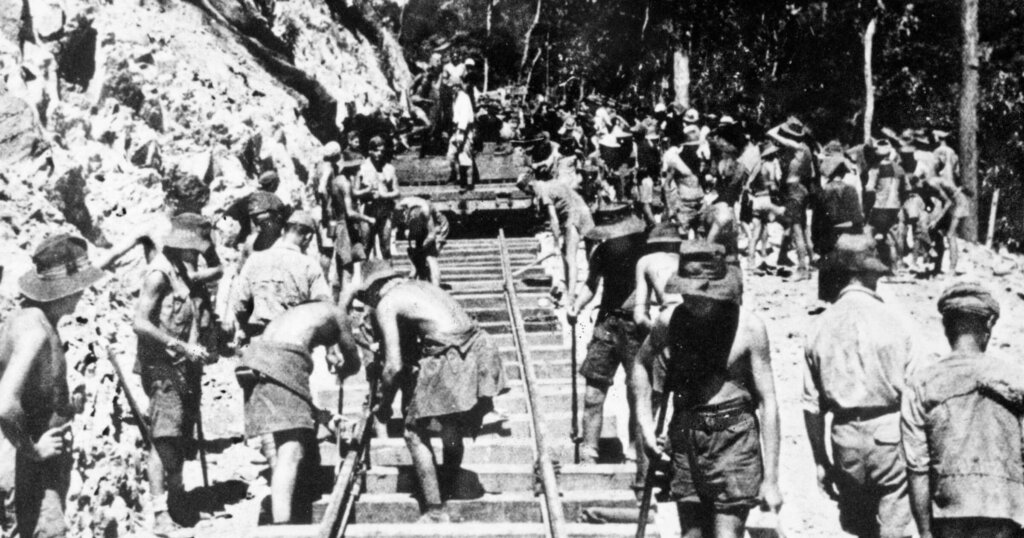
Photo courtesy of https://warfarehistorynetwork.com/
Nicknamed the “Death Railway,” this 258-mile rail line was built by Japan during World War II using Allied prisoners of war and Asian civilians. More than 90,000 civilian laborers and 12,000 POWs died. Brutal work schedules, malnutrition, beatings, and tropical diseases drove the death toll up. Workers had to dig through rocky terrain and dense jungle with basic tools.
Conditions were so bad that survivors recalled bodies being left unburied and food consisting of little more than watery rice. Medical supplies were nearly nonexistent, and tropical ulcers and cholera ran rampant. Japanese commanders demanded progress regardless of casualties, forcing prisoners to continue working even as they collapsed. The legacy of the railway remains a painful symbol of wartime.
4. White Sea–Baltic Canal (1931–1933)

Photo courtesy of Shutterstock.
This Soviet Union canal project used over 100,000 forced laborers from the Gulag prison camps. An estimated 25,000 died in just two years due to cold, starvation, and dangerous work conditions. Workers used hand tools and received minimal food, all under threat of punishment or execution.
Engineers lacked experience, leading to flawed design choices and rework that further endangered laborers. Many prisoners were political enemies or ordinary citizens caught in Stalin’s purges. The canal ended up being too shallow for most military vessels and has limited use today, making the human loss even more senseless.
5. Hawk’s Nest Tunnel (1930–1935)
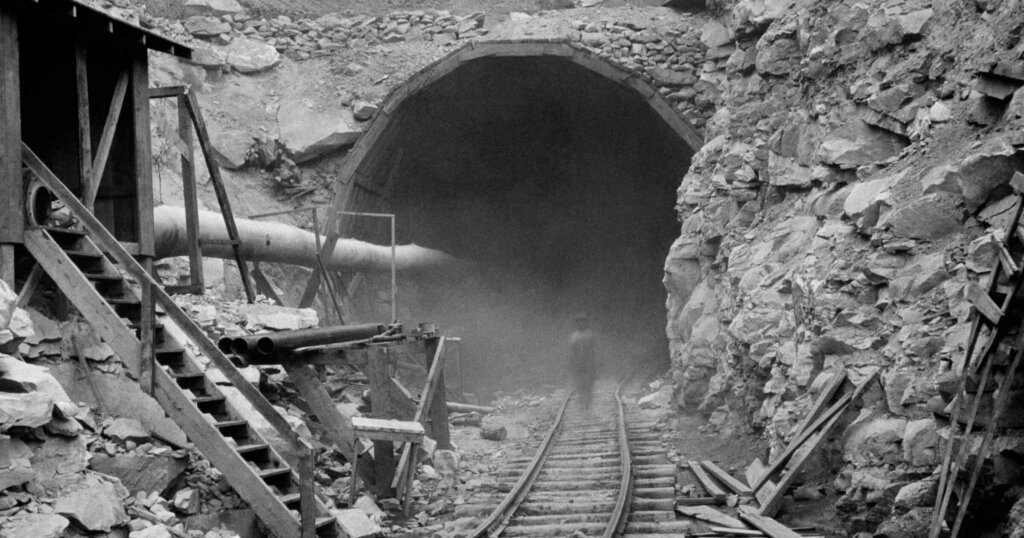
Courtesy of Elkem Metals Collection, West Virginia State Archives.
In West Virginia, Union Carbide workers drilled a tunnel for hydroelectric power. Most were Black men recruited during the Great Depression. Up to 2,000 may have died from acute silicosis caused by inhaling silica dust in confined spaces without protection. The company never warned them of the danger.
Many victims were buried in unmarked mass graves, and their families were never informed. The company’s cover-up delayed public awareness for years. Silicosis was preventable with proper ventilation and protective gear, neither of which was provided. Today, it stands as a case study in environmental and corporate neglect and one of the deadliest tunnel construction projects.
6. Willow Island disaster (1978)
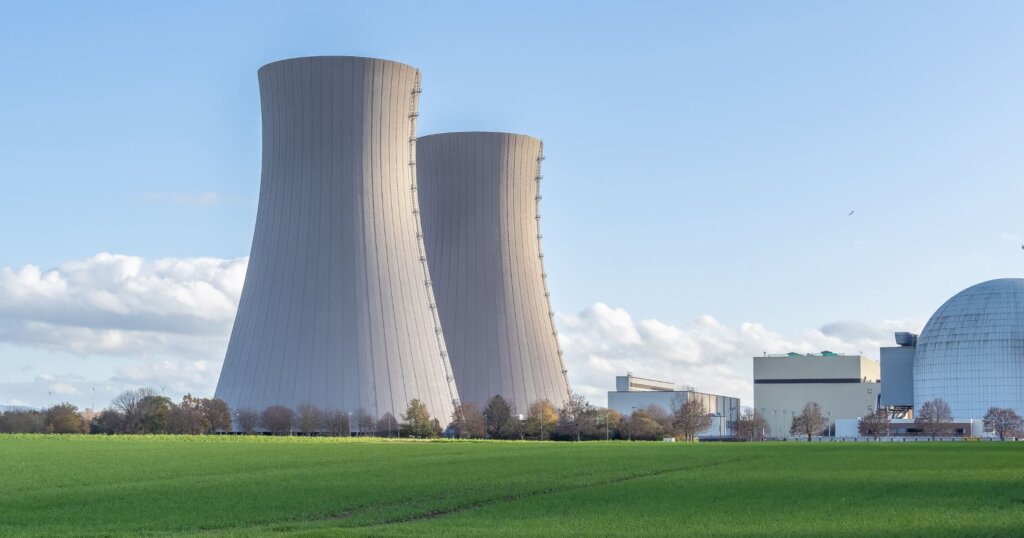
Photo courtesy of Shutterstock.
While building a cooling tower in West Virginia, a scaffold collapsed, killing all 51 workers on it. It remains the deadliest construction accident in American history. Investigators found that the concrete hadn’t cured properly before the next level was poured. There was also no redundancy in the scaffold design. The rush to stay on schedule cost every worker their life that day.
The site had no full-time safety engineer, and OSHA later cited ten serious violations. Despite the scale of the incident, no criminal charges were filed. It remains a reminder of what happens when safety checks are rushed or skipped entirely.
7. Qatar World Cup projects (2010s–2020s)
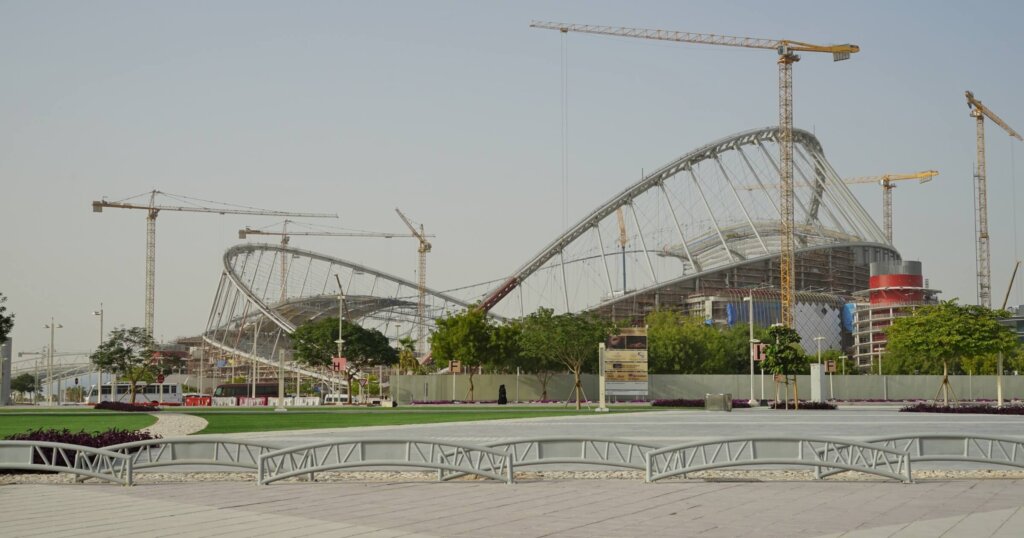
Photo courtesy of Shutterstock.
In preparation for the 2022 FIFA World Cup, Qatar launched a massive building spree to support the infrastructure needed for stadiums and highways. Reports estimate 6,500+ migrant workers from South Asia have died in the country since the World Cup was awarded. Many of the deaths were unexplained or linked to heat, long hours, and poor housing. Despite reforms, critics say enforcement remains weak and protections don’t reach enough workers.
Most workers came from Nepal, India, and Bangladesh, often paying hefty recruitment fees just to get the jobs. These fees left them in debt before they ever set foot on site. While Qatar introduced reforms like a minimum wage and heat protections, experts say implementation has been patchy at best.
8. Banqiao Dam failure (1975)
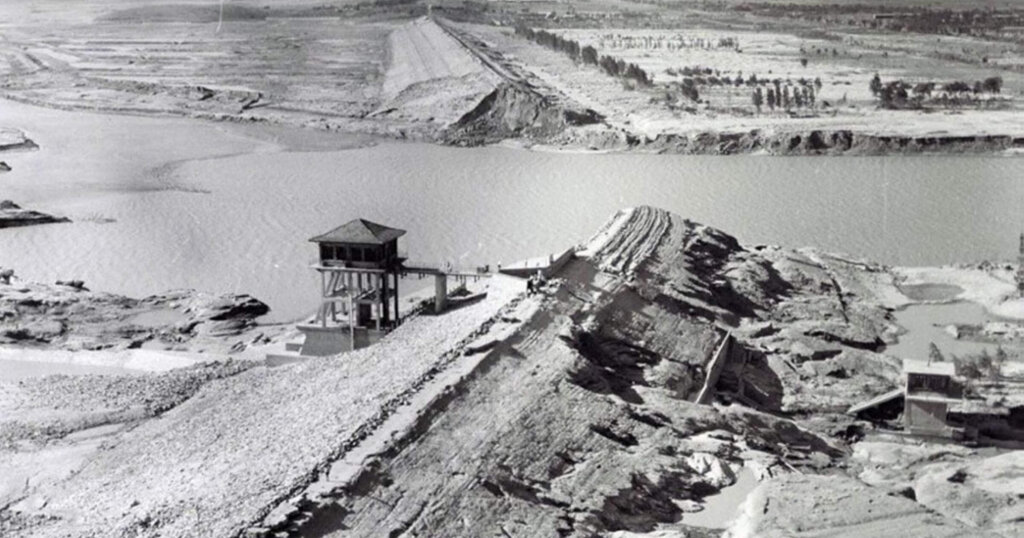
Photo courtesy of https://u.osu.edu/mclc/.
The banqiao dam in China’s Henan Province was considered a triumph until it failed after days of heavy rain. Around 170,000 people died due to the flood and its aftermath. Poor design, ignored weather warnings, and rushed construction contributed to the disaster. Entire villages were wiped out. Survivors faced starvation and disease in the days that followed.
The government kept the disaster secret for years, silencing survivors and censoring reports. A cascade of 60+ smaller dams also failed in the chain reaction, worsening the destruction. Emergency response was slow, and many people died in the aftermath rather than the initial flood. Today, the Banqiao collapse is rarely discussed in official Chinese narratives.
What makes a construction project deadly?
- Poor planning or rushed timelines: Tight deadlines often lead to skipped safety checks and improper curing times for materials. Workers get pushed into unsafe tasks to stay on schedule, and this can increase the risk of collapse or exposure to hazards. Shortcuts might save time, but they cost lives.
- Lack of safety regulations or enforcement: Without clear rules and inspections, companies operate as they please. That means broken equipment, unsafe scaffolding, and no real consequences when things go wrong. Countries with weak enforcement see more fatal accidents.
- Extreme environments: Heatstroke, hypothermia, and altitude sickness are deadly threats. Sites in deserts or remote mountains require added safety protocols. When those aren’t followed, workers suffer. Often, the physical setting itself becomes part of the danger.
- Use of forced or untrained labor: Conscripted laborers, prisoners, or poor migrants often lack training and choice. They can’t report unsafe work, and this can make them more likely to get hurt or killed, especially on high-risk tasks.
- Corruption or negligence: Bribes and backroom deals can push unsafe projects forward. Inspections may be skipped. Low-bid contractors may cut corners on materials and safety gear with workers ending up paying the price.
- No accountability for owners or contractors: When no one gets punished, unsafe practices continue. Families of victims may never see justice. Without accountability, there’s no reason for companies to improve.
6 strategies to prevent deaths on a major construction site
- Enforce occupational safety standards: Laws only matter if they’re enforced. Random inspections, strict penalties, and worker protections save lives. Consistent enforcement builds safer worksites.
- Set site-specific safety plans: Each project is different. Safety plans should be tailored to the exact risks at hand. These should include emergency protocols and daily hazard briefings.
- Ensure proper training and certification: Workers must know how to do their jobs safely. This includes operating equipment, using PPE, and recognizing hazards. Certification helps confirm that knowledge.
- Use modern technology: Sensors, wearables, and AI can track hazards in real-time. Drones help monitor large or hard-to-reach areas. Smart tools reduce guesswork and spot danger early.
- Empower worker rights and accountability: Allowing workers to speak up without fear makes sites safer. Reporting hazards should be encouraged. Holding leaders accountable pushes safety to the forefront.
- Hold third-party audits for transparency: Independent reviews catch problems that internal teams miss. Public reporting pressures companies to improve. Transparency builds trust with workers and communities.
Construction doesn’t have to come with a death toll. The deadliest construction projects show what happens when safety isn’t prioritized. With a few simple strategies in place, workers can have a safe environment to work in and do better quality work ultimately benefiting the contractors and the workers.
Want more stories like this? Subscribe to our newsletter at https://underthehardhat.org/join-us/ and stay informed about the real risks behind the job.


